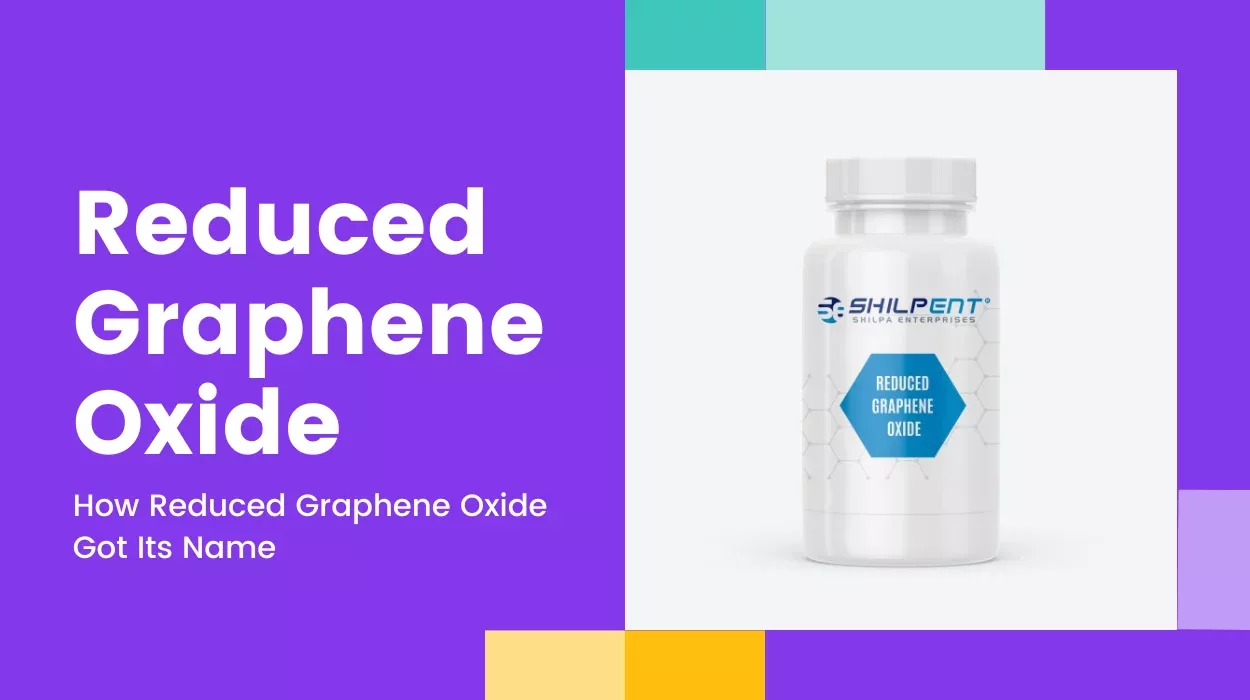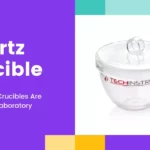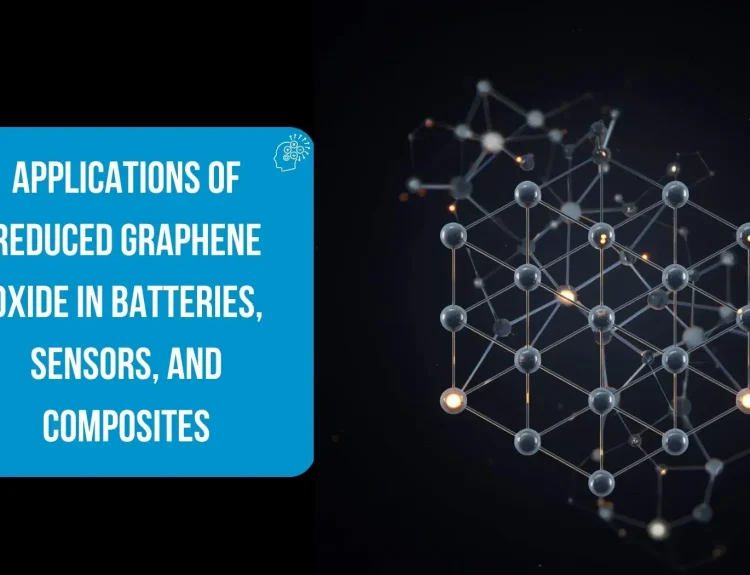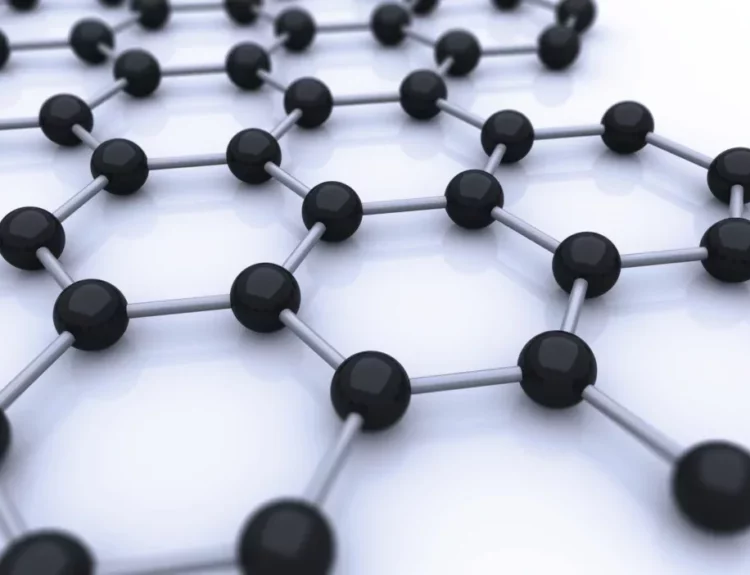Graphene has become a buzzword in science and technology due to its unique and powerful properties. However, another term you might come across when reading about graphene is “reduced graphene oxide,” or rGO. But what exactly is reduced graphene oxide, and how did it get its name? Let’s break it down in simple terms.
What is Graphene Oxide?
Before we dive into reduced graphene oxide, we need to understand graphene oxide (GO). Graphene oxide is a form of graphene, but with a critical difference—it’s chemically modified to include oxygen-containing groups, such as hydroxyl, epoxy, and carboxyl. This makes graphene oxide different from pure graphene in several ways:
- It’s more reactive: The oxygen groups make graphene oxide more chemically active, making it useful in specific applications, such as creating composites or as a starting material for further chemical modifications.
- It’s hydrophilic: Unlike pure graphene, which repels water, graphene oxide can mix well with water, making it easier to process in liquid form.
Scientists can produce graphene oxide from graphite (the stuff in pencil lead) through oxidation, which introduces these oxygen-containing groups to the carbon layers of graphene.
The Concept of Reduction
Now, onto the “reduced” part. In chemistry, “reduction” doesn’t refer to making something more minor, as in everyday language. Instead, it refers to a chemical reaction where oxygen is removed from a compound. So, when scientists talk about “reducing” graphene oxide, they mean removing some (or most) of those oxygen groups added during oxidation.
The final material is called reduced graphene oxide (rGO) when graphene oxide is reduced. This process partially restores the properties of pure graphene, such as its electrical conductivity and strength. However, the material retains some oxygen groups, giving it different characteristics than pure graphene.
Why the Name “Reduced Graphene Oxide”?
The name “reduced graphene oxide” comes directly from the process used to create it:
- Graphene Oxide: This is the starting material, a form of graphene with oxygen groups attached.
- Reduction: The chemical process used to remove oxygen from graphene oxide.
- Result: The final product is reduced graphene oxide, indicating that it started as graphene oxide and was then “reduced” to remove oxygen.
The “reduced” part of the name is essential because it tells scientists and engineers that this material is not pure graphene but rather a modified form that has been partially returned to its original state.
Buy best Reduced Graphene Oxide:
Why is Reduced Graphene Oxide Important?
Reduced graphene oxide (rGO) is significant because it combines some of the best features of graphene and graphene oxide. It’s electrically conductive like graphene, but it’s also easier to work with and can be used in a wide range of applications, including:
- Electronics: rGO is used in flexible electronics sensors and as a material for creating supercapacitors.
- Energy storage: It’s used in batteries and fuel cells due to its good conductivity and ability to hold large amounts of charge.
- Composites: rGO is added to other materials to enhance their strength and conductivity.
Conclusion
The name “reduced graphene oxide” might sound technical, but it simply describes what happens to graphene oxide when it undergoes a chemical process to remove oxygen. The “reduction” process gives us a material that’s a blend of graphene and graphene oxide, with unique properties that make it valuable for a wide range of cutting-edge technologies.
Understanding the naming and the process behind reduced graphene oxide helps us appreciate how scientists and engineers can tailor materials to meet future demands. As research continues, we’ll likely see even more innovative uses for this versatile material.







